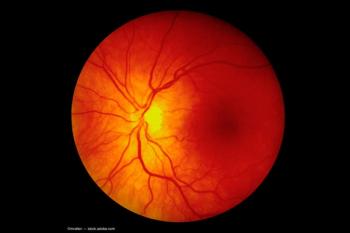
AAO 2024: Therapies offering hope for patients diagnosed with TED
Key Takeaways
- FDA approval of teprotumumab has spurred interest in developing new TED treatments targeting anti-IGF-1, anti-IL-6, and anti-FcRn receptors.
- TED is the leading cause of unilateral or bilateral proptosis in adults, with symptoms including eyelid retraction and dry eye.
Fatemeh Rajaii, MD, PhD, an associate professor at Wilmer Eye Institute, Johns Hopkins, discusses emerging therapies in thyroid eye disease (TED) from her presentation at the American Academy of Ophthalmology’s annual meeting in Chicago.
Fatemeh Rajaii, MD, PhD, an associate professor at Wilmer Eye Institute, Johns Hopkins, discusses emerging therapies in thyroid eye disease (TED) from her presentation at the American Academy of Ophthalmology’s annual meeting in Chicago.
With the FDA approval of teprotumumab, there is increasing pharmaceutical interest in developing new treatments. These therapies target three main mechanisms: anti-IGF-1 receptor agents like teprotumumab, anti-IL-6 receptor agents, and anti-FcRn receptor agents.
These approaches aim to modulate the immune system and improve outcomes for TED patients. Dr. Rajaii emphasizes the importance of maintaining a high index of suspicion for TED, noting its prevalence as the leading cause of unilateral or bilateral proptosis in adults. TED can present with various symptoms, such as eyelid retraction or dry eye.
Raja noted that ophthalmologists should consider ordering appropriate labs when TED is suspected. She anticipates significant advancements in TED treatment options over the next 3-5 years.
Newsletter
Don’t miss out—get Ophthalmology Times updates on the latest clinical advancements and expert interviews, straight to your inbox.













































